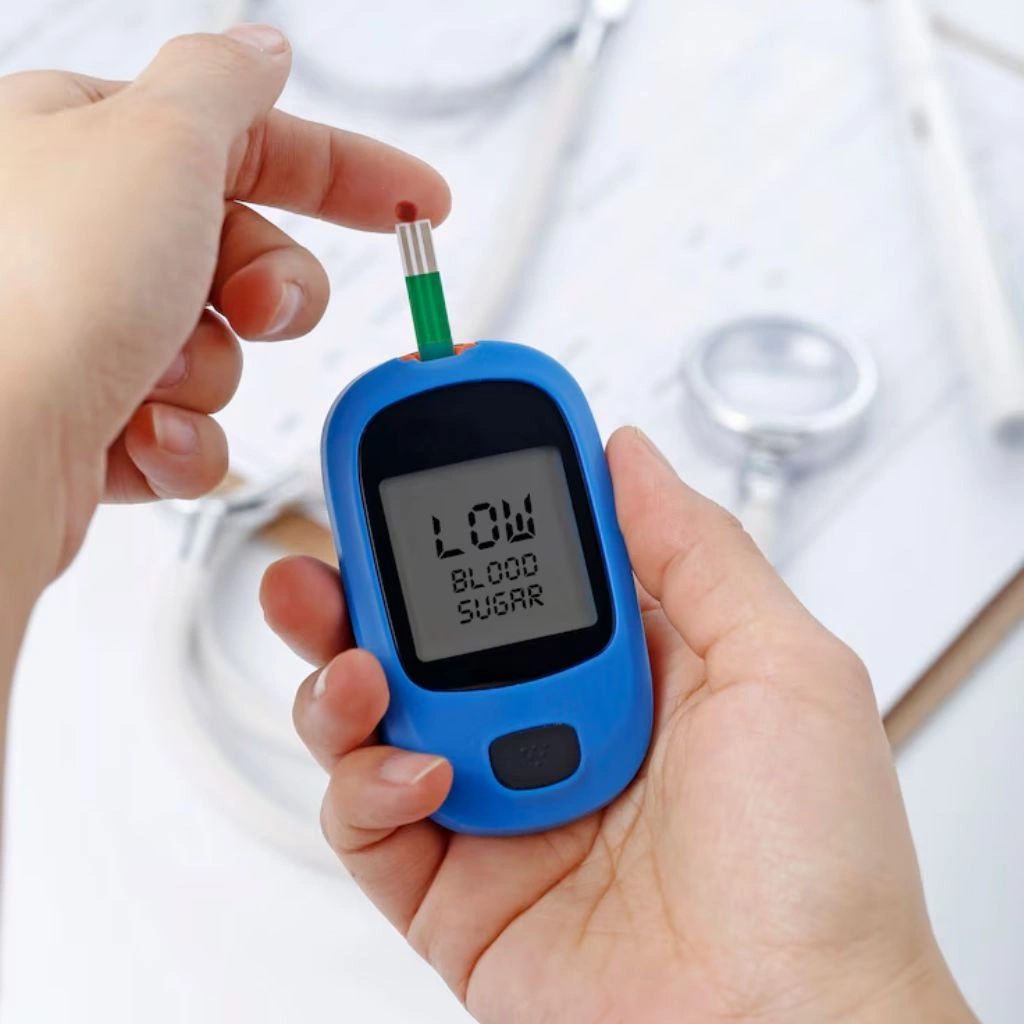
What are the different types of diabetes and management?
More than awareness is needed to treat chronic conditions such as diabetes—accuracy, consistency, and an active care program are also necessary. Diabetes, a common but not commonly understood illness, exists in many forms. Each has its own complications, symptoms, and course of treatment.
As a software developer who works with clinics, small hospitals, and doctors, I developed Sehat Pro—a comprehensive digital platform meant to simplify chronic condition management through efficient documentation, communication, and follow-ups. In this blog, we discuss the various forms of diabetes, providing medical information and useful tips on managing the condition using current digital tools.
What Is Diabetes and Why Is It Serious?
Diabetes is a long-term condition that affects the way your body manages blood sugar (glucose). Regardless of whether it’s caused by the body’s failure to produce insulin or by resistance to insulin’s action, the outcome is the same: high blood glucose levels, which, if not controlled, can result in nerve damage, kidney failure, heart disease, and blindness.
Sehat Pro enables caregivers to monitor glucose patterns, follow patient progress, and notify doctors of high-risk trends automatically—replacing paper logs and obsolete systems.
Type 1 Diabetes: The Autoimmune Challenge
What Happens in Type 1 Diabetes?
Type 1 diabetes is an autoimmune disease in which the body incorrectly attacks the insulin-producing cells within the pancreas. It most often develops during childhood or adolescence but also occurs in adults.
How Is It Treated?
Individuals with Type 1 diabetes need daily insulin injections or an insulin pump, and monitoring and strict diet planning for blood sugar.
Sehat Pro offers automated insulin logging, dosage recording, and parental reminders—critical for pediatric cases or family-assisted care settings.
Type 2 Diabetes: The Lifestyle-Driven Epidemic
What Makes Type 2 Different?
Type 2 diabetes is far and away the most prevalent type and is strongly associated with genetics, diet, lack of exercise, and excess weight. In this type, the body continues to make insulin but is resistant to it.
- Typical Symptoms and Risks
- Frequent need to urinate
- Increased hunger and thirst
Weakness:
- Slow healing
- Blurred vision
How Clinics Can Help with Sehat Pro?
For Type 2 diabetes, oral drugs and lifestyle changes are the mainstay. Sehat Pro’s patient platform allows clinicians to prescribe personalized diet charts, medication reminders, and follow-ups—empowering patients and minimizing unnecessary visits.
What Is Gestational Diabetes?
It occurs during pregnancy as a result of hormonal changes that impact insulin sensitivity. It tends to resolve after giving birth but elevates the risk of Type 2 diabetes in later life.
Key Challenges:
- Tracking fluctuating blood sugar
- Preventing complications for mother and baby
- Coordinating with several healthcare providers
With Sehat Pro, OB-GYNs and general practitioners are able to exchange charts, maintain real-time updated patient profiles, and automate reminders for postpartum checkups, prenatal visits, and glucose testing.
Prediabetes: A Silent Warning
Prediabetes is a state in which blood sugar is higher than usual but lower than high enough to be called Type 2 diabetes.
If left unchecked, more than 70% of the prediabetic population will develop Type 2 diabetes. Prompt detection and regular monitoring are the keys—and that’s where Sehat Pro excels.
Sehat Pro can help clinics flag warning signs, warn patients about risks, and prescribe individualized lifestyle interventions using a straightforward dashboard.
Other Uncommon Forms of Diabetes
Although not as frequent, there are a number of uncommon types of diabetes, including:
1. MODY (Maturity-Onset Diabetes of the Young):
Genetic and commonly misdiagnosed as Type 1 or Type 2.
2. Neonatal Diabetes:
Develops in infants under the age of 6 months.
3. Steroid-Induced Diabetes:
Results from long-term use of steroids, typically reversible.
With Sehat Pro, all such unusual profiles can be recorded with bespoke tags, history logs, and clinician notes—providing physicians instant context and clarity.
How Sehat Pro Empowers Clinics and Doctors?
Chronic disease management such as diabetes needs data accuracy and patient involvement. This is how Sehat Pro helps your clinic:
- Electronic Health Records: Consolidate lab work, medications, and visit records
- Patient App: Patients monitor glucose levels, diet, physical activity, and get doctor messages
- AI Alerts: Automated alerts for glucose patterns, drug gaps, or missed appointments
- Team Collaboration: Exchange patient information with dietitians, nurses, and endocrinologists
- Analytics Dashboard: Map patient improvement with custom reports
Empowering Small Hospitals and Clinics
You don’t have to be a hospital chain to provide top-tier diabetes care. Sehat Pro empowers small clinics and hospitals with enterprise-level capabilities including:
- Simple setup
- Reasonable pricing
- Multi-user access
- Cloud security
- Regular support and training
Conclusion: Precision Meets Compassion in Diabetes Care
Understanding the different types of diabetes is not just essential for treatment—it’s a foundation for prevention and proactive care. Whether you’re managing children with Type 1, adults with Type 2, pregnant women with gestational diabetes, or early-stage prediabetes, success lies in organization and follow-through.
Sehat Pro is not just software. It’s a clinical partner, a digital assistant, and a patient-engagement platform—designed by someone who understands both healthcare and technology.
Frequently Asked Questions (FAQ)
There are primarily three types of diabetes: Type 1, Type 2, and Gestational Diabetes. Each type has unique causes, symptoms, and management approaches, making accurate diagnosis and treatment crucial.
Sehat Pro helps clinics track patient histories, schedule regular follow-ups, send automated reminders for blood tests, and maintain secure digital records—all critical for managing chronic conditions like diabetes.
Common early signs include frequent urination, extreme thirst, unexplained weight loss, fatigue, and blurred vision. Early detection can help prevent severe complications.
Patients should typically have a check-up every 3–6 months, depending on their condition. With Sehat Pro, doctors can automate reminders and customize follow-up plans per patient.
Absolutely. Sehat Pro is designed to be lightweight, user-friendly, and scalable—making it ideal for small hospitals and clinics with limited resources.

